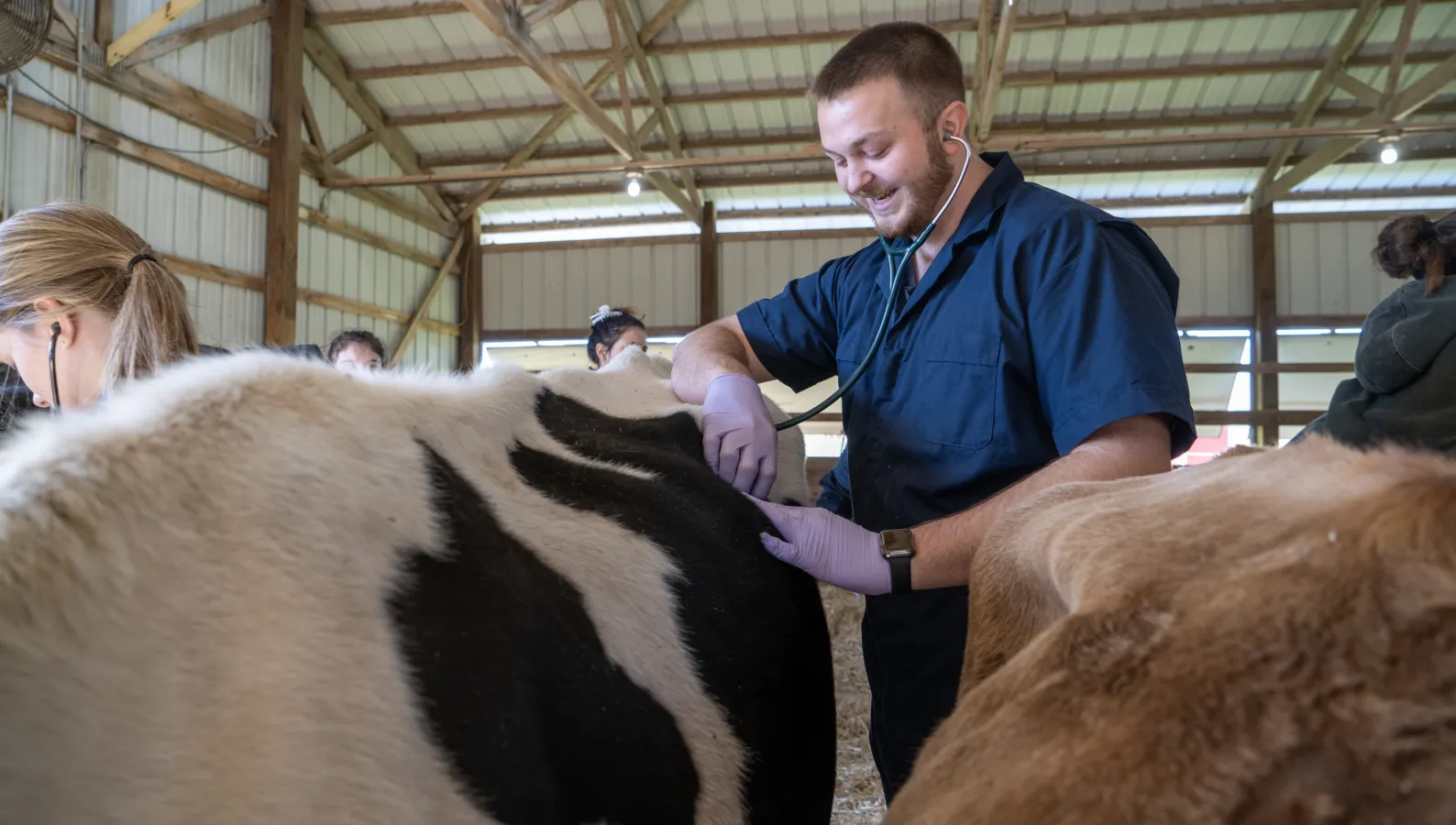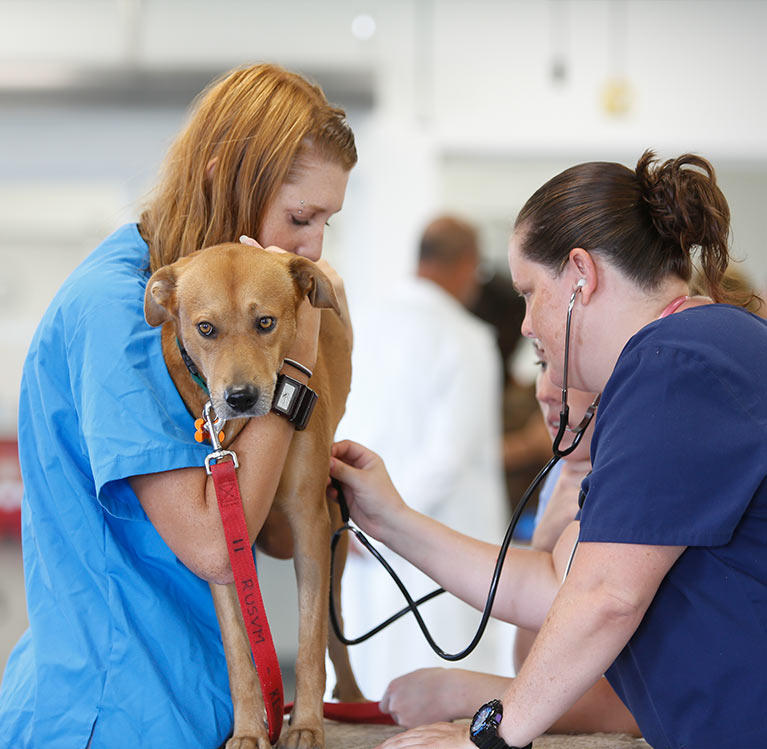The Relevance of Very Early Detection: Insights From a Vet Oncologist
Early detection of cancer cells in pet dogs is a necessary topic for family pet owners and vet specialists alike. Vet oncologists highlight the value of identifying refined indicators that may indicate severe health and wellness issues. Typical symptoms often go unnoticed up until they escalate. Understanding these early indication and innovations in diagnostic strategies can make a significant distinction. What actions can animal owners take to boost their family pets' opportunities of very early medical diagnosis and far better therapy outcomes?
Understanding Cancer in Family Pets: Typical Types and Signs
While lots of animal proprietors might not realize it, cancer cells is a considerable wellness concern impacting animals, much like it does in people. Usual kinds of cancer in pet dogs consist of lymphoma, pole cell lumps, osteosarcoma, and mammary tumors. These malignancies can manifest in numerous means, depending on their area and type. Symptoms frequently consist of unexplained weight loss, consistent throwing up, adjustments in hunger, or unusual lumps and bumps. Family pets might likewise display sleepiness, difficulty breathing, or unwillingness to exercise, which can show underlying health problems. Early indications can be refined, making it vital for animal owners to be watchful of their pets' habits and physical problem. Recognizing these common types and connected symptoms can equip proprietors to look for veterinary treatment quickly, potentially causing earlier medical diagnosis and therapy options. Acknowledging the signs of cancer in family pets is a crucial action towards boosting their health and wellness and high quality of life.
The Role of Vet Oncologists in Early Detection
Veterinary oncologists play an important role in the early detection of cancer cells in animals, as their specialized training furnishes them with the skills needed to recognize refined indicators that may be overlooked by general professionals. They make use of a combination of scientific expertise and advanced diagnostic devices to examine individuals extensively - Veterinary Cancer Specialist. By acknowledging very early signs and threat factors, oncologists can direct pet proprietors toward prompt treatments, increasing the chances of effective treatment
In addition, veterinary oncologists usually work together with family doctors to develop screening procedures customized to particular breeds or age groups, boosting the effectiveness of early detection efforts. They enlighten pet proprietors on the value of regular exams and recognition of changes in habits or physical problem. With these positive procedures, veterinary oncologists considerably add to improving end results for animals detected with cancer cells, highlighting the crucial nature of their role in vet medical care.
Advancements in Diagnostic Techniques for Animal Cancer Cells
Developments in diagnostic methods have actually considerably enhanced the capability to find cancer in family pets at earlier stages. Techniques such as sophisticated imaging, including MRI and CT scans, provide comprehensive inner sights, enabling vets to identify tumors that may not be palpable. Furthermore, the advancement of minimally intrusive treatments, such as fine needle aspirates and biopsies, allows precise tasting of tissues for histopathological evaluation with reduced tension for the animal.
Emerging molecular diagnostics, consisting of hereditary screening and biomarker identification, are changing the landscape of vet oncology. These methods can identify specific cancer types and anticipate responses to therapy, facilitating personalized treatment plans. In addition, developments in laboratory strategies, such as fluid biopsies, are beginning to use non-invasive options for keeping track of tumor development and treatment effectiveness. Jointly, these developments represent a substantial jump forward in veterinary medicine, stressing the essential role of very early detection in boosting end results for pets diagnosed with cancer cells.
Exactly How Animal Owners Can Identify Indication
Just how can family pet owners end up being alert in recognizing potential indication of cancer cells? Understanding of his explanation behavioral and physical modifications in pet dogs is crucial. Typical indicators consist of uncommon sleepiness, anorexia nervosa, or sudden weight modifications. Animal proprietors should additionally take note of persistent throwing up or diarrhea, which might signal underlying issues.
Modifications in the skin, such as lumps, bumps, or sores that do not heal, necessitate prompt vet attention. Furthermore, proprietors must keep in mind adjustments in alcohol consumption behaviors, increased peeing, or trouble in breathing. Unexplained hopping or pain may additionally be indicators of more severe conditions.
Regular veterinary check-ups can assist recognize these indication early. By maintaining a close observation of their pet dogs' wellness and behavior, owners can play an essential function in very early detection, potentially leading to better outcomes ought to cancer cells be detected. Recognizing these indications may substantially influence a family pet's lifestyle.
The Influence of Very Early Detection on Therapy End Results
Early detection of cancer cells in family pets plays a crucial function in identifying treatment outcomes, as it usually enables a broader array of healing choices. When cancer cells is identified in its very early stages, visit site vets can implement much less invasive treatments, boosting the likelihood of effective intervention. Early-stage cancers may also respond far better to radiation treatment or radiation, leading to boosted survival rates and overall lifestyle for the animal.
Additionally, timely medical diagnosis helps with a more customized treatment plan, aligning with the details requirements of the animal. This can consist of individualized medicine regimens or surgical interventions that are less hostile. Conversely, late-stage detection commonly leads to restricted alternatives, more aggressive treatments, and poorer diagnoses. Subsequently, the relevance of early detection can not be overemphasized; it basically changes the trajectory of therapy, making it crucial for pet proprietors to continue to be watchful for any indicators of ailment in their cherished friends.
Frequently Asked Questions

Just How Can Diet Influence Cancer Threat in Family Pets?
Diet considerably affects cancer cells risk in family pets, as certain nutrients and food kinds can either inhibit or advertise tumor development. A well balanced, nutrient-rich diet might aid reduce the possibility of creating cancer in animals.
Are Certain Types Extra Prone to Cancer cells?
Particular canine breeds, such as Golden Retrievers and Boxers, display greater cancer vulnerability due to genetic tendencies. Similarly, some feline types likewise reveal boosted cancer cells threats, highlighting the relevance of breed-specific health and wellness understanding among family pet proprietors.
What Are the Costs Connected With Very Early Cancer Detection?
The expenses related to early cancer discovery can vary greatly, incorporating analysis examinations, examinations, and possible therapies - Pet Cancer Surgery. Purchasing these solutions typically leads to much better wellness end results, inevitably saving on extra extensive future medical expenditures
Can Injections Protect Against Cancer in Pets?


Vaccinations may decrease the risk of certain cancers in pets, especially those linked to look at this web-site viral infections. However, their effectiveness varies, and pet proprietors should consult vets for tailored recommendations concerning vaccination and cancer cells avoidance strategies.
Exactly How Typically Should Family Pets Be Screened for Cancer?
Pets must usually be screened for cancer yearly, particularly as they age or if they display threat aspects. Regular vet examinations can assist recognize potential concerns early, enhancing treatment outcomes and overall health and wellness management.
Early detection of cancer cells in animals is a crucial topic for pet dog proprietors and veterinary professionals alike. Early indicators can be subtle, making it essential for family pet owners to be watchful of their family pets' actions and physical problem. Vet oncologists play a vital function in the early detection of cancer in family pets, as their specialized training equips them with the skills essential to identify refined indications that might be overlooked by basic experts. By maintaining a close observation of their pets' health and wellness and actions, owners can play a key function in very early detection, possibly leading to better outcomes must cancer be detected. Early detection of cancer cells in pets plays an essential duty in identifying treatment results, as it often allows for a wider array of therapeutic options.